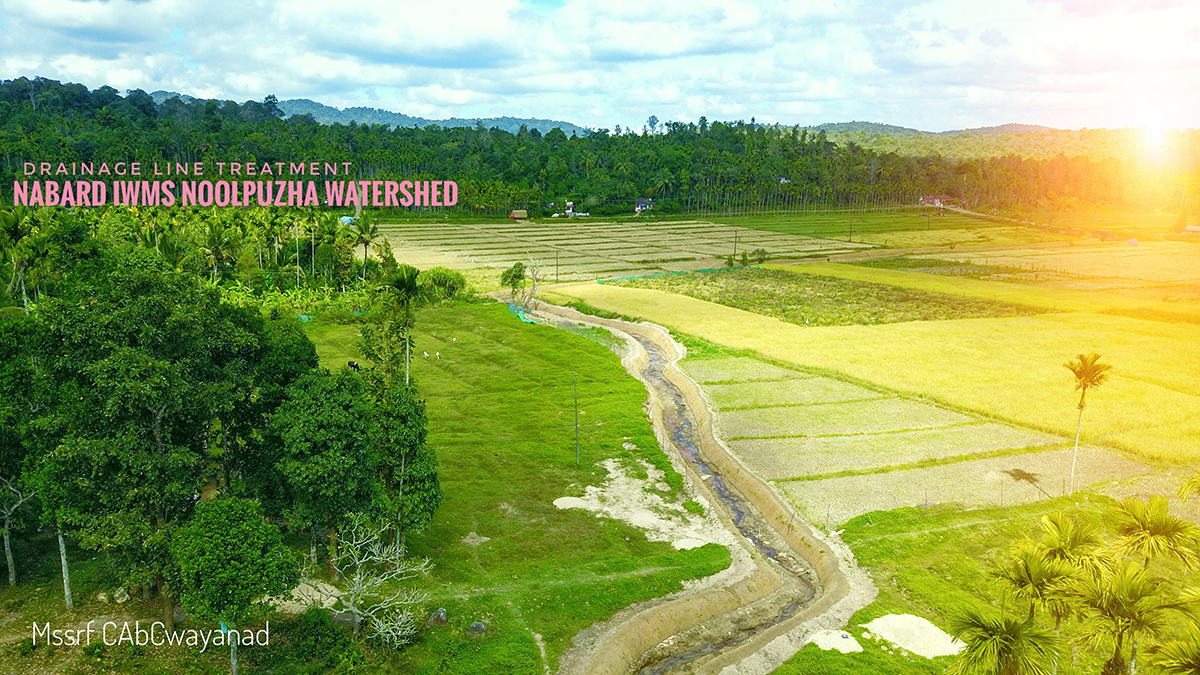
Scarcity to abundance: A case result of drought mitigation measures at Noolpuzha
Every year, June 17th is observed as the World Day to combat desertification and drought as declared by the United Nations. Droughts are one of the major threats to sustainable development across countries especially developing nations as stated by the United Nations. This year again, the day will raise public awareness on efforts towards combating desertification and drought primarily on the theme “Rising up from drought together”. With increased degradation of land, over-exploitation of resources and ever-growing climate change; the day is to remind everyone to take responsibility for their actions and understand that collective efforts with the participation of the community can restore landscapes.
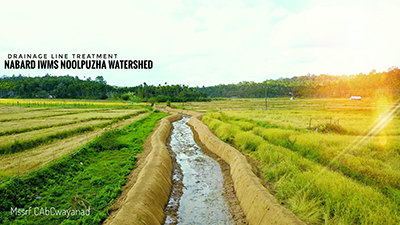
MSSRF Community Agrobiodiversity Centre initiated several efforts towards drought mitigation through watershed management and related programmes with the support of NABARD..
Noolpuzha Grama Panchayath belongs to one of the lowest rainfall regions in the Wayanad district of Kerala. Despite the adversities, the main source of livelihood for the people in the region is agriculture, which is highly dependent on water resources. Besides, high susceptibility to drought conditions (especially due to the close proximity to dry regions of Karnataka) and high incidence of crop-raiding by wild animals have led to increased distress for the farmers in the region. In this backdrop, with an intention to reduce the intensity of drought and safeguard the livelihoods of farmers, Integrated Watershed Management Scheme (IWMS) was implemented by the centre with the financial support of NABARD.
As water is one of the key resources for crop production and a determinant to increase agricultural land, the project gave the highest priority to strengthening the irrigation facility and restoration of water sources. As part of the intervention, 3990 units of drainage lines were desilted, brushwood checkdams and 2083 units of earthen bunds were constructed. Additionally, restoration of a pond, 13 well recharge facilities, 1400 units of centripetal terracing and renovation of five check dams were also carried out. These efforts and actions in the intervention site converted the region from a ‘water-scarce to a water abundant’ region in Wayanad.
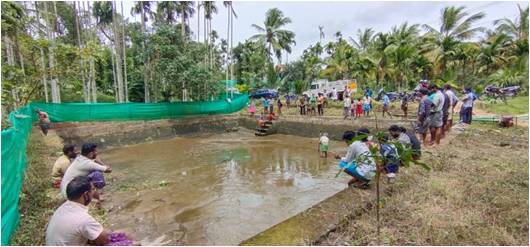
Further, the crucial role of communities in conservation and restoration efforts was acknowledged. Since their awareness and indigenous knowledge on farming plays a pivotal role in addressing the impact of extreme weather events in agriculture, various training programmes were also organized. As part of the training and capacity building, 11 events were conducted in the area of soil and water conservation, crop management and new climate-smart farming methods.
The collaborative efforts of the centre and the community resulted in increased access to water resources and irrigation facilities and thereby helped to restore the agricultural legacy and also improved the livelihoods of farming community. Through the intervention, around Fifty hectares of barren land returned back as cultivated land for various cropping systems. Restoration of the pond and renovation of check dams assured water availability for wetland cultivation during summer season. As a result, vast area of wasteland got transformed to crop land. Parallelly, the interventions like well recharge facilities, centripetal terracing, earthen bunds helped to reduce the drought experience and eased the high water intensive livestock rearing as an alternate livelihood option. Further, these activities also helped to arrest the erosion of fertile top soil, which is pivotal to maintain crop productivity. Awareness on and implementation of water conservation measures reduced farmers’ expenditure for irrigation like water pumping from far away sources.
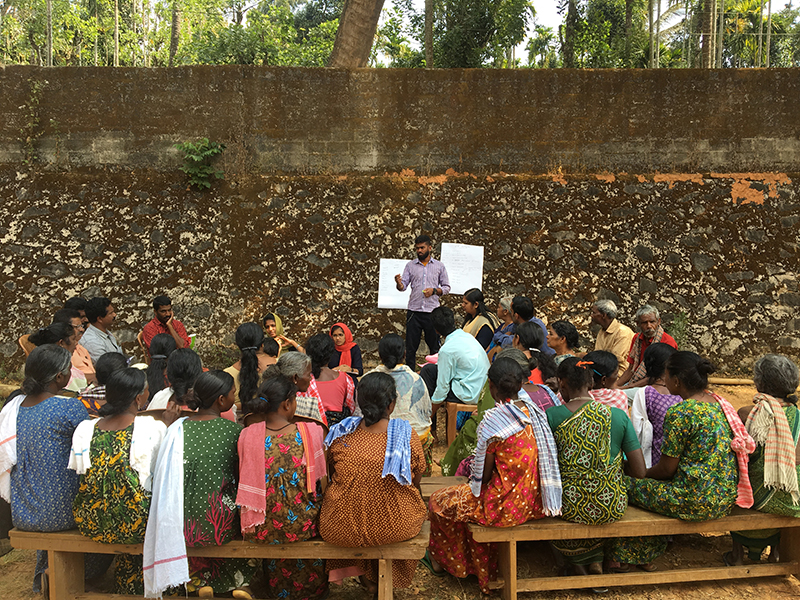
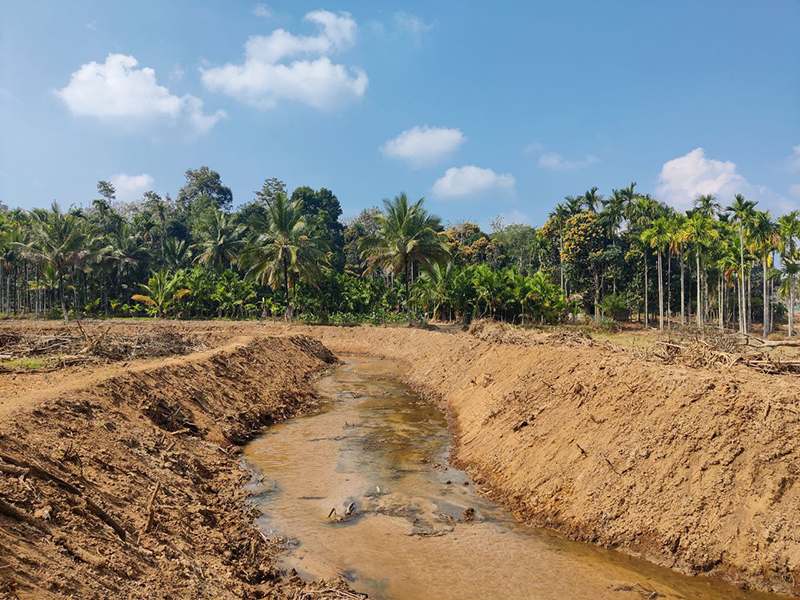
Moreover, one of the underlying factors behind the success of the IWMS programme at Noolpuzha was the linkages and convergence support received from various line departments and government schemes & programmes. In order to ensure the sustainability and effectiveness of the activities, linkages were established with MGNREGS, KSCSTE and Department of Irrigation to improve and upscale water conservation activities like drainage line treatment and construction of check dams. By experiencing the results of these activities, local Panchayath also replicated the efforts in areas with similar drought experience which showcases the scalability of the programme.
